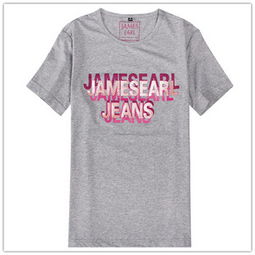Wearing a tie is an important part of formal men’s wear. Here are some tips on how to tie and match ties for formal men’s wear:
1. Four classic styles Four-in-Hand: This is the most common and simple way to tie a tie.
– Secure the tie below the collar so that the wide end is longer than the narrow end.
– Go around the narrow end once, then bring the wide end through the hollow and go around again.
– Tie the knot by passing it from above, pulling the wide end tight and tidying it up.
2. Windsor knot (Windsor) tying method: This is a solemn and formal method of tying a tie, suitable for wide-collar and short-collar shirts .
– Secure the tie below the collar so that the wide end is longer than the narrow end.
– Starting from the right side of the narrow end, wrap the wide end around the narrow end once, then tie the knot through it from right to left, and then through it from below.
– Finally, gently tighten the tie, arranging it and completely hiding the wide end into the side of the tie.
3. Half-Windsor knot (Half-Windsor) tying method: This tying method is between the classic four-hand knot and the Windsor knot, which is both formal and formal. And simple.
– Secure the tie below the collar so that the wide end is longer than the narrow end.
– Starting from the right side of the narrow end, wrap the wide end around the narrow end once, then tie the knot through it from right to left, and then through it from below.
– Finally, gently tighten the tie, arranging it and completely hiding the wide end into the side of the tie.
The following points should also be noted when matching ties:
1. Color matching : The color of your tie should blend harmoniously with your shirt, suit or jacket. Usually, choosing a dark tie to match a light-colored shirt can enhance the overall sense of hierarchy.
2. Pattern matching: If you are wearing a textured or patterned shirt, choosing a solid color tie can maintain the overall balance and coordination. Instead, if the shirt is a solid color, try choosing a tie with a subtle pattern or texture.
3. Tie width: The width of the tie should suit the style of suit and shirt you are wearing. Generally speaking, suits with wide collars are paired with wide ties, and suits with narrow collars are paired with narrow ties. At the same time, you should also consider your body proportions and avoid ties that are too wide or narrow.
4. Occasion matching: Different occasions require different tie styles. A classic solid color or a simple patterned tie is often chosen for formal occasions, while a brightly colored or interesting patterned tie can be chosen for casual occasions.
Remember, no matter which way you choose to tie and match your tie, your tie should coordinate with your overall outfit and personal style. Try different combinations to find the style that suits you and show your elegance and confidence.





